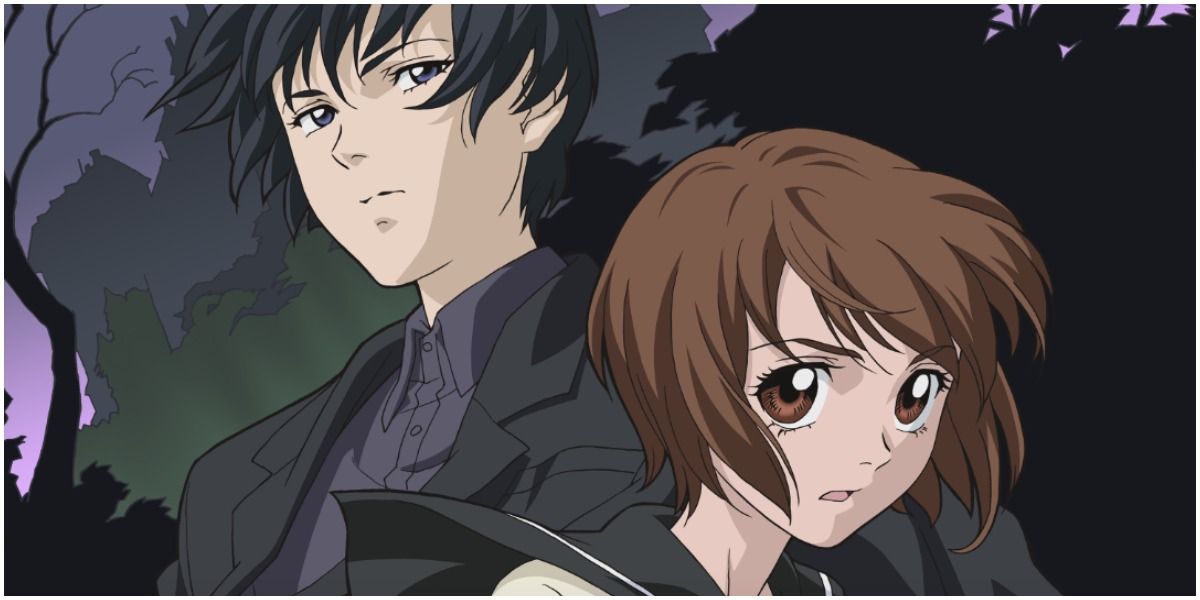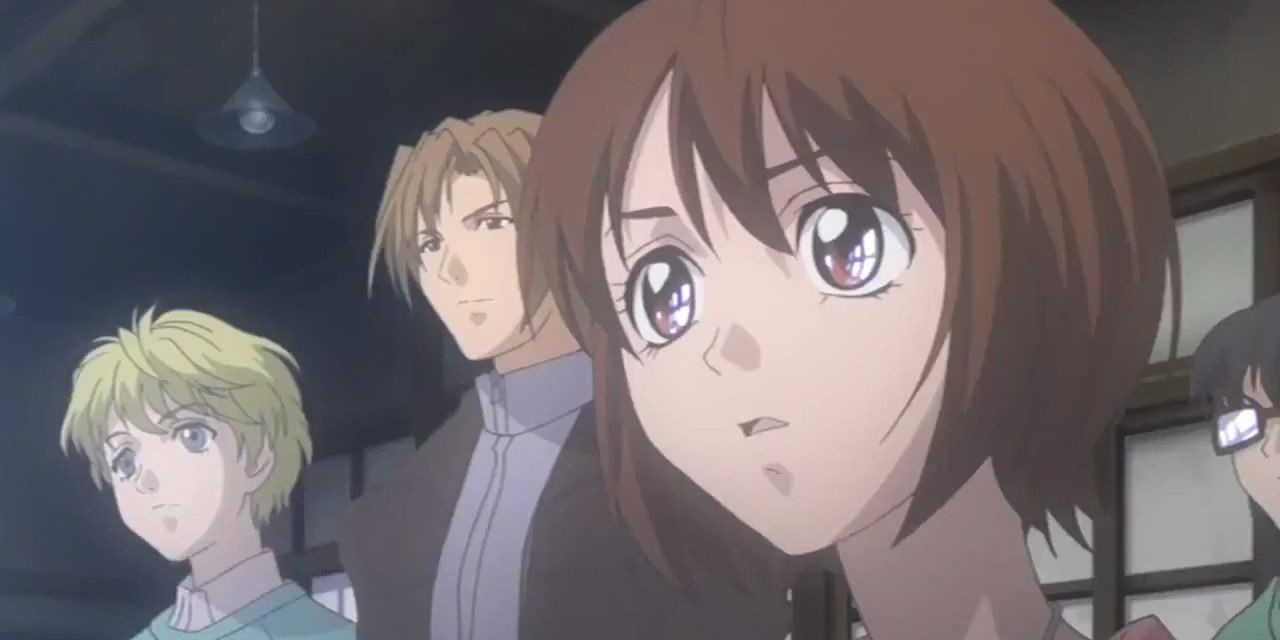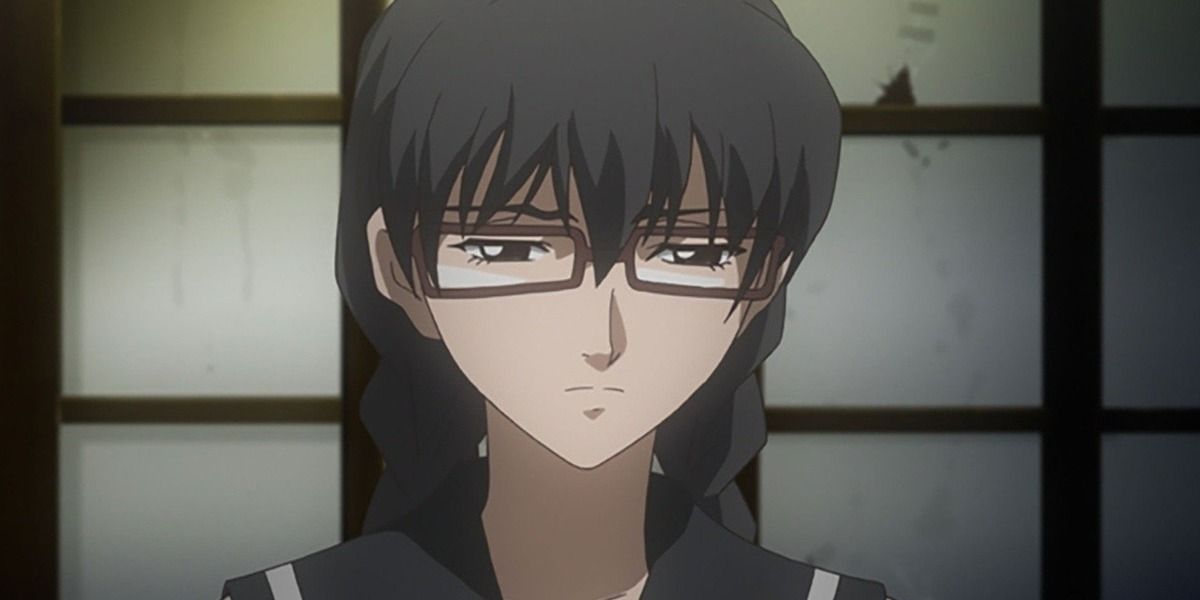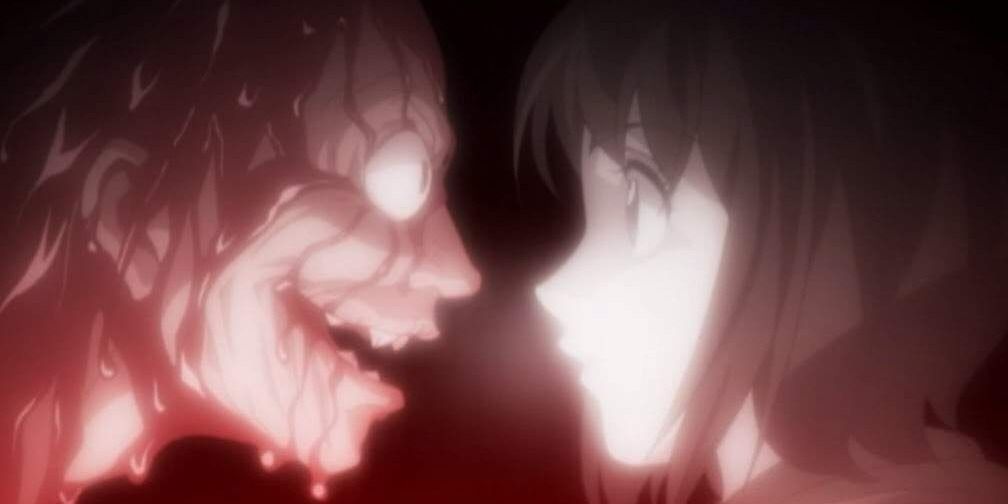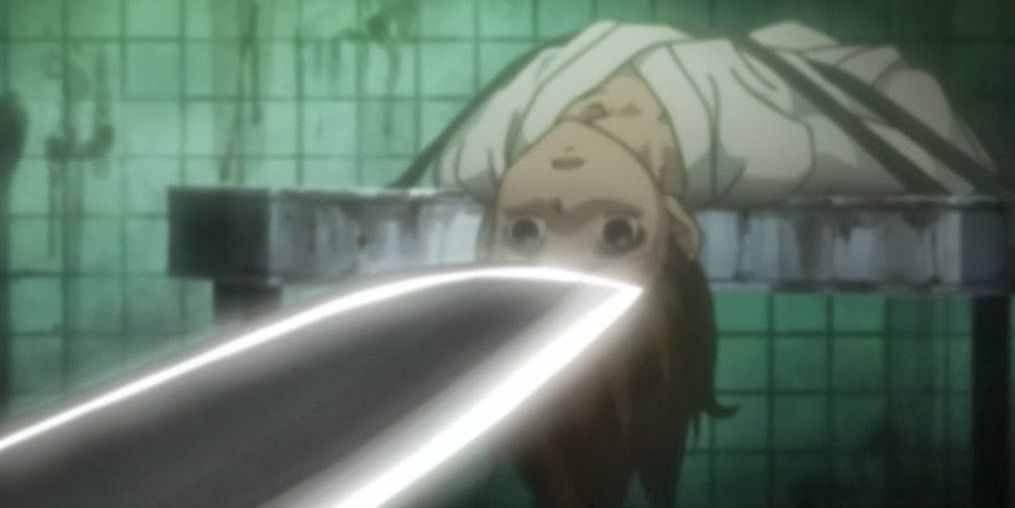Released in 2006, Ghost Hunt is a highly underrated anime series that perfectly blends horror and comedy. The series covers about eight cases where the protagonists, the titular ghost hunters, have to investigate and get rid of whatever entity is causing paranormal activities. The group of ghost hunters is led by 17-year-old Kazuya Shibuya, with the help of his assistant, Lin Koujo. The events of the first case lead to Kazuya working alongside Mai Taniyama, who appears to be a normal high school student at first, though she is revealed to have significant psychic powers.
Kazuya is often joined on his missions by Houshou Takigawa (monk), John Brown (priest), Ayako Matsuzaki (miko/shrine maiden), and Masako Hara (medium). Though their cases vary, every single one of them is mysterious in its own right. The causes of the supernatural activities also vary: sometimes they are caused by ghosts while other times, humans perform nasty tricks to fool people. While the protagonists work on the jobs given to them by their clients, they explore the diverse powers that exist in the realms of both the living and the dead. Moreover, the series explores various themes that apply to the real world as well.
Ghost Hunt Follows a Team of Paranormal Investigators
Ghost Hunt follows the paranormal adventures of Mai Taniyama, a first-year high school student who was "tricked" by Kazuya to join his company, Shibuya Psychic Research (SPR). The cases are all narrated by her as she shares her experiences and what she learned from them. The plot of the series deviates from a standard anime plot structure since it has self-contained story arcs that are resolved within a few episodes.
The story opens with Mai and her friends sharing ghost stories and, after a fateful series of events, she finds herself in the company of professional ghost hunters. She helps investigate an abandoned school building that is believed to be haunted. As Mai takes more cases, her "latent psychic abilities" are introduced to viewers. The series explores many aspects of supernatural and paranormal occurrences and is not bound by one particular theme or plot line, which truly makes it unique. There are also real-life references that subtly blend into the story.
The Concept of the Poltergeist
The very first case that Mai and the others have to solve involves poltergeist activity. By definition, a poltergeist is a type of ghost or spirit that causes physical disturbances, such as breaking household items or creating loud noises, but the reality is much more complex. The word poltergeist originates from the German words poltern ("to make sound") and geist ("ghost" or "spirit"). Hence, the term poltergeist translates to "noisy ghosts" or "loud spirits."
The series explores several aspects of poltergeist activity that have a basis in real-world theories. The first is temperature fluctuation: paranormal investigators cite an increase in temperature as evidence of poltergeist activity. Another is a theory by psychical researcher Frank Podmore, who claimed that poltergeist activities are caused by adolescents, especially girls. In Ghost Hunt, the paranormal activities in the abandoned school building were caused by a first-year high school girl name Kuroda. Although she was unaware of her powers, Kuroda subconsciously used them to manipulate the world around her, causing the ghostly phenomena.
Dracula in the Series and Real Life
The seventh case in the series is titled "The Bloodstained Labyrinth" and is notable for being the only case that the ghost hunters had to leave unresolved. The reason for this, Kazuya explained, was that he is a ghost hunter and cannot hunt monsters. To keep the entity at bay, the owner of the mansion had to build various structures within it, resulting in the labyrinth shown in the series. Kazuya was hired by the previous Prime Minister and, because the case was very high-profile, several ghost hunters from around the world were hired to partake in the investigation.
While investigating the history of the mansion, the protagonists learned about a man named Kaneyuki Miyama (later known as Urado) who, as he grew older, came to fear death and began killing as many young people as he could find. The ghost hunters were able to connect the dots by analyzing the similarities between Urado and the historical figure of Vlad Tepes, also known as "Vlad the Impaler," -- the inspiration behind Dracula.
Vlad Tepes was infamous for killing thousands of people. He would sit in a dining room filled with impaled bodies and dip his food in the blood of his victims -- hence why people consider him the origin behind tales of blood-sucking monsters. The reason he was referred to as Dracula was that it literally means "Son of Dracul." Tepes's father, Vlad II Dracul, was known as "Vlad the Dragon" but the word Dracul had two meanings at the time: it could mean both "dragon" and "devil." Referring to Tepes as Dracula means acknowledging him as "the son of Dracul" as well as "the child of the devil." All this was explained by Kazuya and is backed up by real historical records.
The Blood Countess: Elizabeth Bathory
Urado was not only inspired by the story of Dracula, but also by Elizabeth Bathory, a Hungarian Countess who died in 1614. She was so obsessed with maintaining her youth that she would kill young women and bathe in their blood. During her time as a countess, she killed over 600 girls. Urado's methods and ambitions were significantly inspired by both Dracula and the Countess.
The most obvious references to these historical figures are the bathtubs filled with blood. There's also a distorted image of Urado's ghost -- who had transformed into a monster -- soaking in one such blood-filled bathtub. Taking inspiration from these stories, Urado thought he would regain his youth using the same methods. Even over a century after Urado had died, he kept killing people in hopes of living as a young person again.

